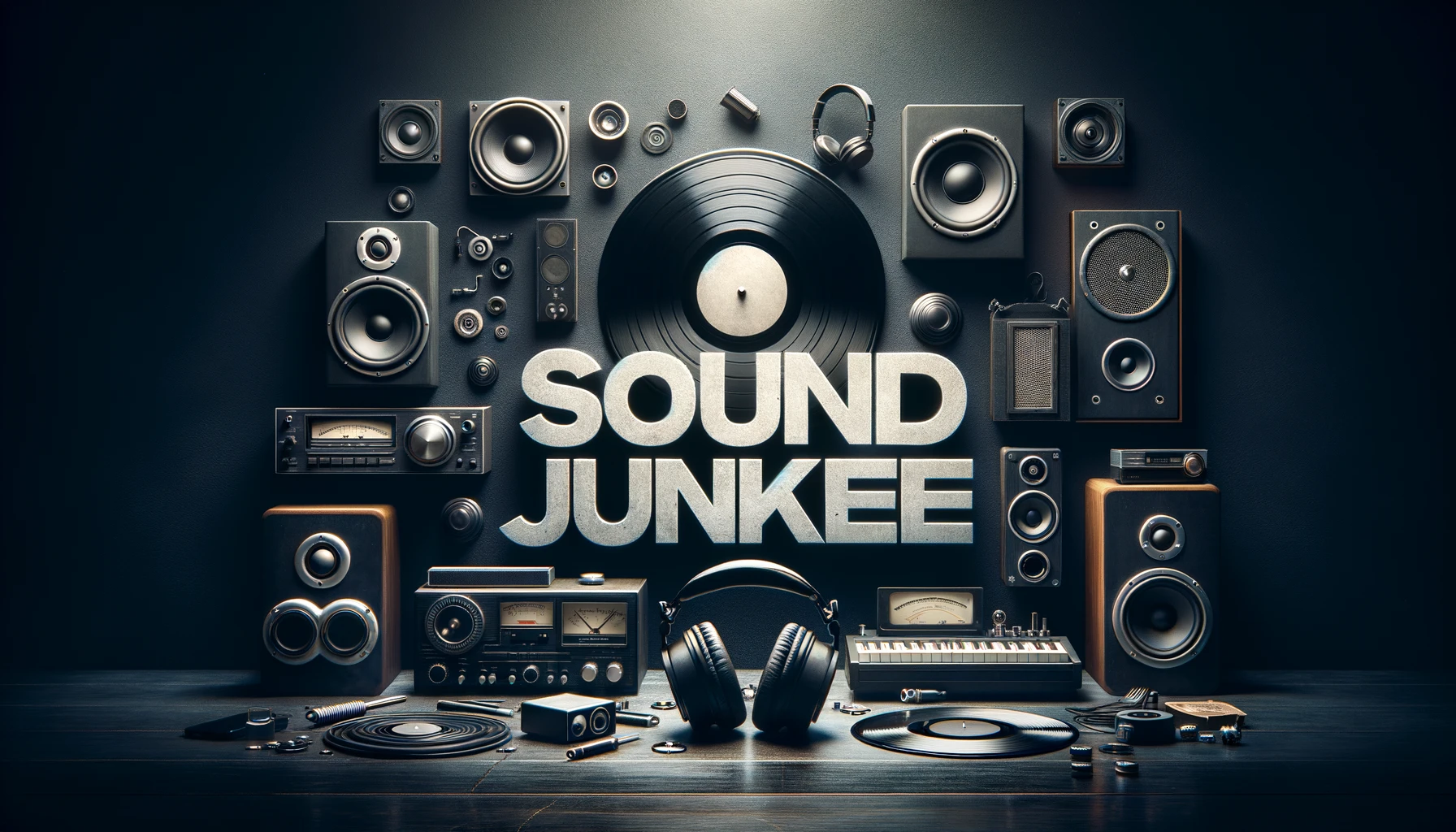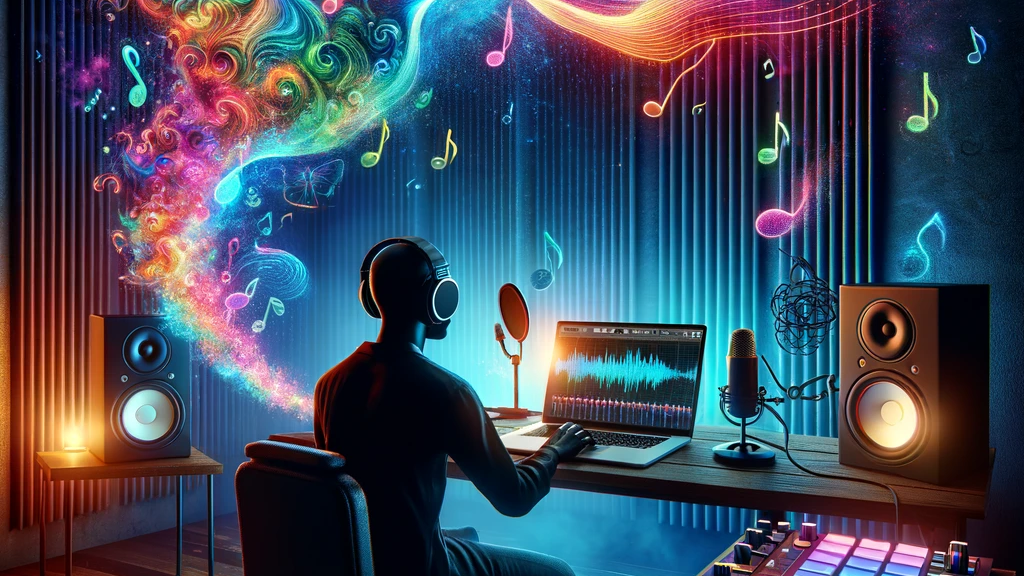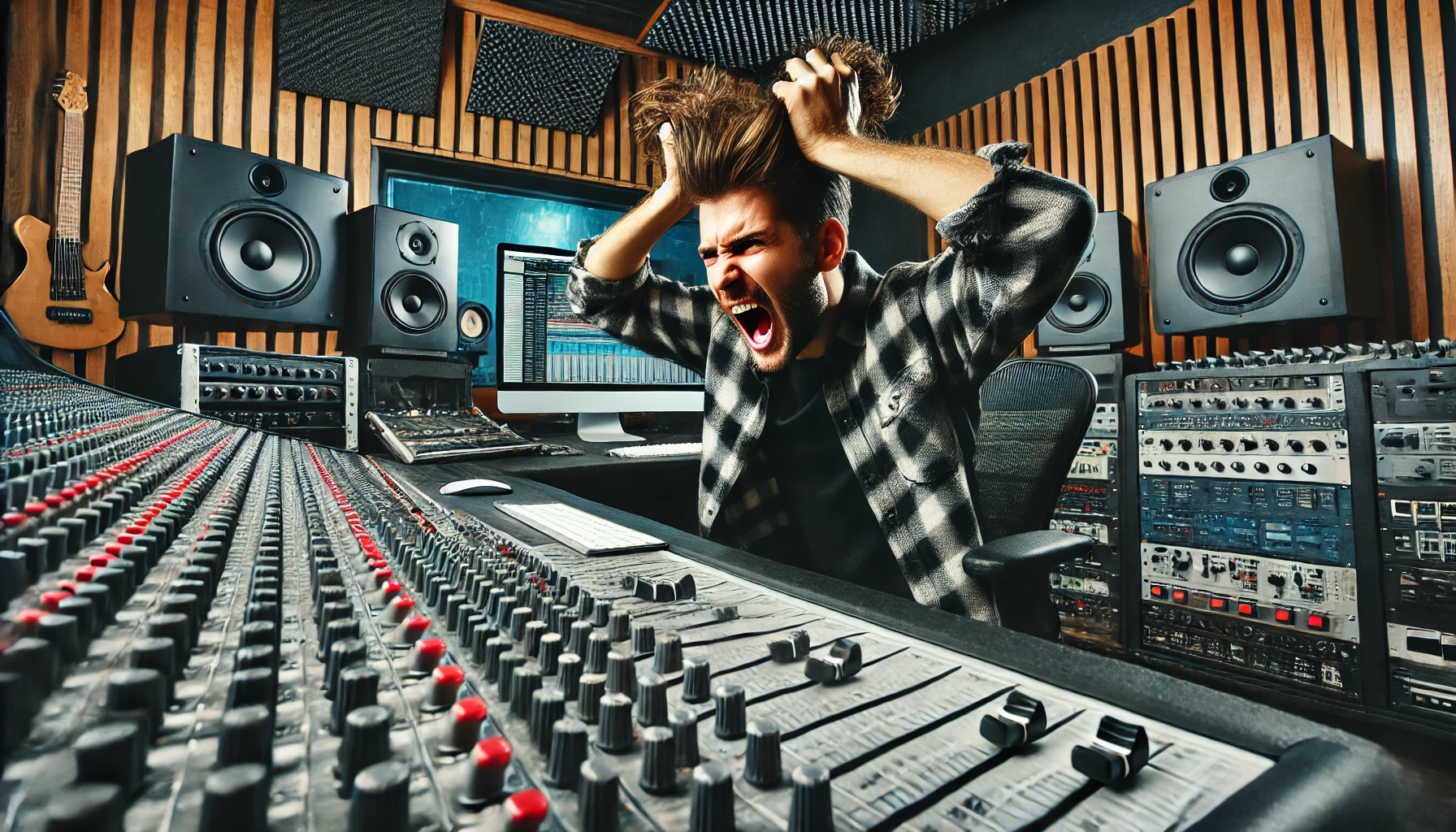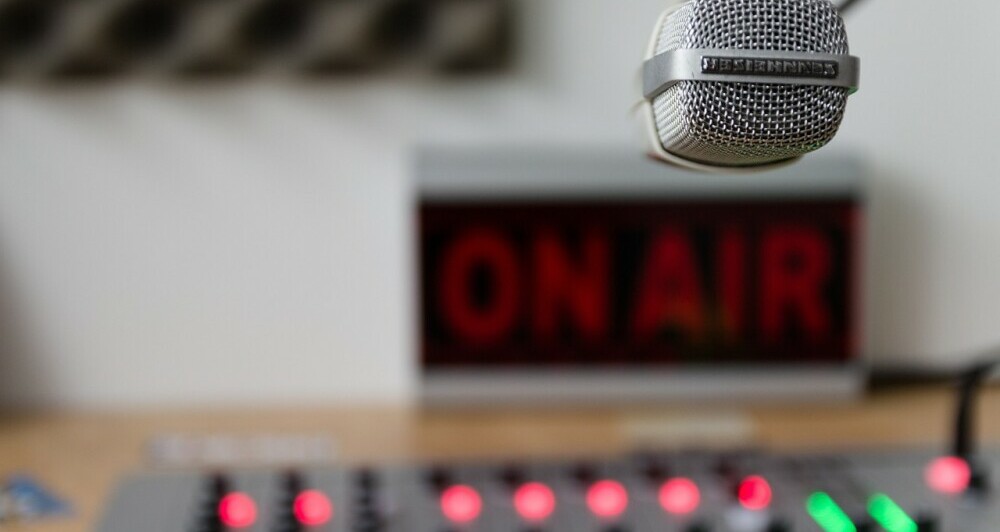Sound design is the secret sauce that brings all your favourite movies and music to life. That explosion has more impact, those beats hit that little bit harder. From the subtle click of a door latch in a tense thriller to the sweeping orchestral crescendo in a romantic epic, or an epic drop in EDM, sound design is how you bring things to life.
It’s using sound to create moods, sometimes recreating sounds by combining things together. ✂️
What can you do with a vacuum cleaner?
By manipulating audio elements you can create a whole new sound or atmosphere. Like in Sci fi, where you might want to create your own weird sounds by messing around with every day sounds. The iconic hum of a lightsaber, which has become synonymous with space fantasy weaponry, might be born from the hum of a vacuum cleaner.
Sound design involves a lot of experimentation. Play with pitch, modulation, and layering to morph familiar sounds into something entirely new.
Things to Experiment With …
Layering Sounds: Stack different sounds on top of each other to create a something new. For instance, you might want to create a hard hitting impact by combining and explosions with a drum hit, with a door slamming, with a punch. Or a simple door creak could be made more ominous by layering a lower-pitched groan or the subtle sound of wind. 💨
EQ: EQ helps you carve out specific frequencies from sounds to make sure they sit well in the mix. By cutting competing frequencies or enhancing others, you can can make certain elements stand out or fade into the background. EQ is also commonly used to create sounds with voices or put them in a particular place, like over an intercom or phone.
>>> Click here to learn more about the magic of EQ and compression <<<

Reverb and Space Simulation: Reverb can be used to create the illusion of space and depth. By tweaking the reverb’s pre-delay, decay time, and diffusion, you can simulate different environments, from the echoes of a cave to the reflective surfaces of a cityscape.
Time Stretching and Pitch Shifting: Altering the time and pitch of a sound independently of one another can really spice things up. Slowing down a recording could sound spooky or dark, while pitch shifting can transform every day sounds into something new, like slowing and pitching down a chihuahua’s bark to turn it into a monster’s growl or a bird’s chirp into a laser zap.
Automation: Playing around with automation can create some cool sounds. Extreme panning or moving faders for effects … at speeds faster than the human hand could ever do … can create some crazy sonic madness.
Synthesis: If you’re feeling really creative and experimental, open up a synth and create your own sounds using different musical tones. You can create your own beats and FX, but it takes time and patience playing around with settings like pitch and filters. I love using a synth to create a nice boom sound to add over the top of an impact to make a cool bass trail out.
Sampling: Taking recordings of real-world sounds and using them as the raw material for creating new sounds. Samples can be manipulated in various ways — such as looping, reversing, or changing their start and end points — to create different effects.

Modulation Effects: Using modulation effects like chorus, flanger, phaser, or ring modulator can add richness, movement, and complexity to a sound, making it more interesting and less static. I like adding some subtle modulation to straight voice overs to give them a bit more life.
Distortion and Saturation: Adding harmonics and texture to sounds by overdriving them or using tape/tube saturation. This can be used to make voices sound grungy, or to create gritty, aggressive sounds. It can even be used to warm up and fill out a sound.
Convolution Reverb and Impulse Responses: Using recordings of real spaces to capture their acoustic characteristics, which can then be applied to any sound to recreate the feeling of that space. You can make use of this is some reverb plugins. Record a clap sound in any space, like your bedroom or your car, then import that response into the plug in and your reverb will be created from your very own space.
Sidechain Compression: Using the volume level of one sound to control the compressor on another, creating a rhythmic pumping effect or ensuring certain elements (like dialogue or a kick drum) cut through the mix. I use side chain on most promo mixes to control the level of a bed with the output of the voice. So the bed is compressed more depending on the level of the voice over.
Think Outside the Box
Instead of relying on stock sound libraries, grab a recorder and head out into the wild (or just your kitchen) to capture your own sounds. Maybe the perfect door sound effect is in your bedroom!
Make use of your dog barking at the neighbours. 🐕
Get creative with everyday items. Some dry pasta crunching could sound like breaking bones, or that old slinky going down the stairs could become a laser beam. Experimenting with whatever you have lying around the house.
>>> Click here to find a microphone that works for you <<<
Push plug ins beyond what they are intended for. Twist and morph sounds in your DAW (Digital Audio Workstation) until they’re unrecognisable. If not for anything else, it’s a great way to create cool glitch sounds.
Silence is Golden: Sometimes the most outside-the-box trick is just to add silence. Cutting out sound at the right moment can create tension and release that’s more powerful than any explosion or musical score. Whenever I am making an emotive piece of audio, I always aim to have a moment about 3/4’s of the way in where ‘the drop’ happens, just like in music. It’s just a moment where everything is left hanging, usually around a very emotive comment. Then, bang… the next part comes in leaving the listener with an emotional response.

If you step off the beaten path can take people on some wild sonic adventures, and that’s what makes sound design so much fun. It’s all about breaking rules, and seeing what weirdness works.
in a nut shell 🥜
Mix some of these sound design tricks together and you’ll be on the way to getting your own sound. Whether you’re making beats, setting the scene in a movie, or building an epic game world. In the end, it’s just about feeling out the right vibe and knowing how to bring stuff to life.
It’s one part knowing your gear, one part following your gut, and a whole lot of playing around until you strike gold! There’s no limit to how much you can mess with sound…
… so a whole new sound is always just a click away.






